The automotive world occasionally witnesses something genuinely special—a vehicle that manages to capture the imagination while simultaneously paying homage to its ancestors. The new Bertone Runabout accomplishes this feat with remarkable confidence. Taking cues from its 1969 namesake, this neo-retro masterpiece doesn’t simply rehash old ideas; it reimagines them through a thoroughly modern lens.
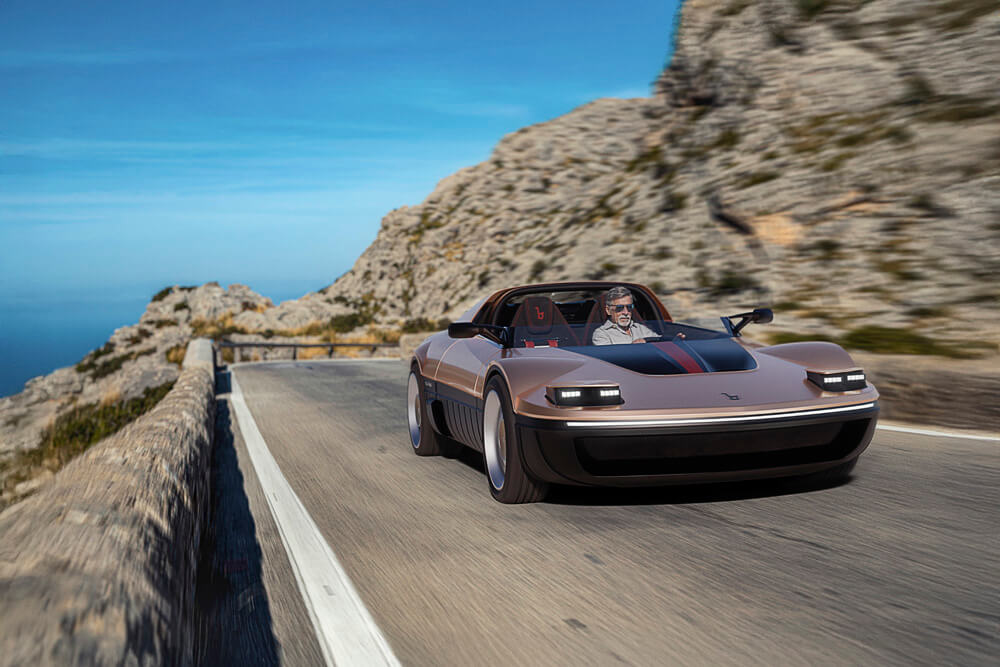
Starting at €350,000 before taxes, and with production commencing mid-2026, this strictly limited run of 25 vehicles represents something increasingly rare in today’s automotive landscape—a genuinely exclusive proposition that prioritises driving pleasure above all else. Pre-orders have already begun, with wealthy enthusiasts scrambling to secure their allocation before the inevitable sellout.
Two distinct personalities on offer
The fundamental philosophy behind the Runabout reflects a purity often missing from contemporary car design. Prospective owners face a delicious dilemma when configuring their vehicle, with two distinct personalities on offer.
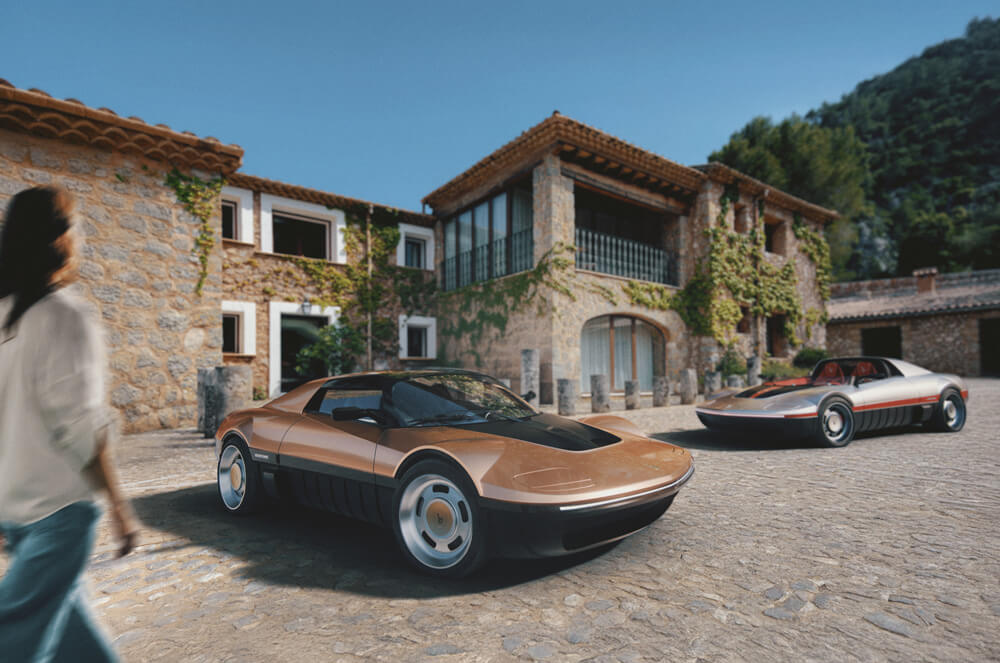
The Barchetta variant caters to driving purists—those who view anything separating them from the elements as an unwelcome intrusion. With just a minimal windscreen deflector standing between driver and environment, this configuration delivers motoring in its most undiluted form. Every sensation, from the rush of wind to the engine’s mechanical symphony, reaches the occupants with crystal clarity.
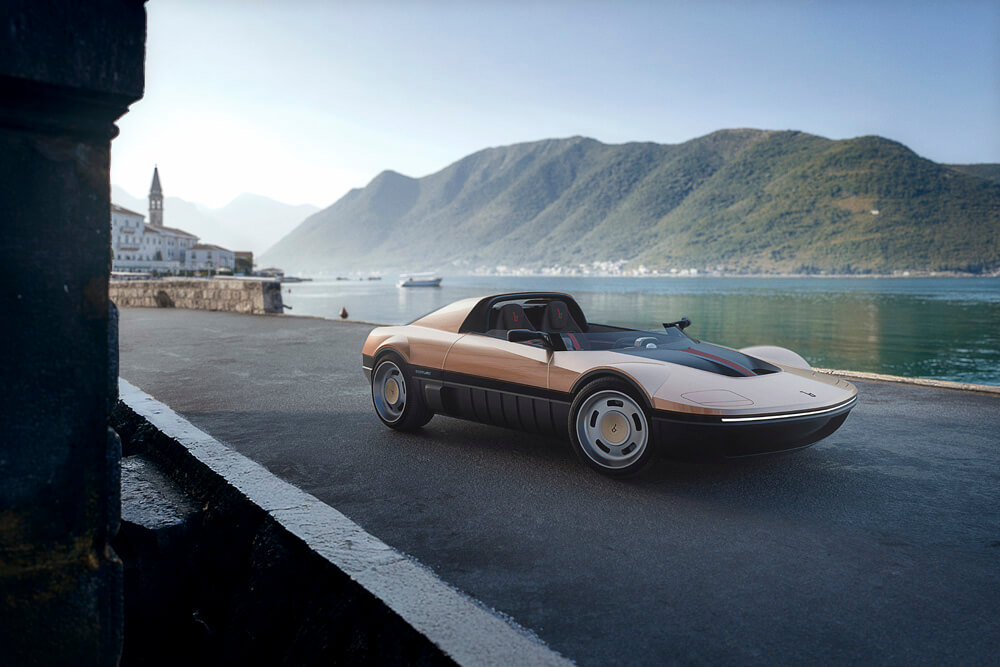
For those requiring slightly more practicality without sacrificing the open-air experience, the Targa configuration provides a full windscreen and removable roof section. This clever arrangement allows the car to transform according to weather conditions or driver mood, without compromising the essential character that makes the Runabout so special.
Design brilliance through simplicity
What truly separates the Runabout from countless other sports cars lies in its adherence to Bertone’s “Zero principle”—a design philosophy favouring elegant simplicity over unnecessary complexity. The entire visual identity of the car can be distilled into just two defining lines.
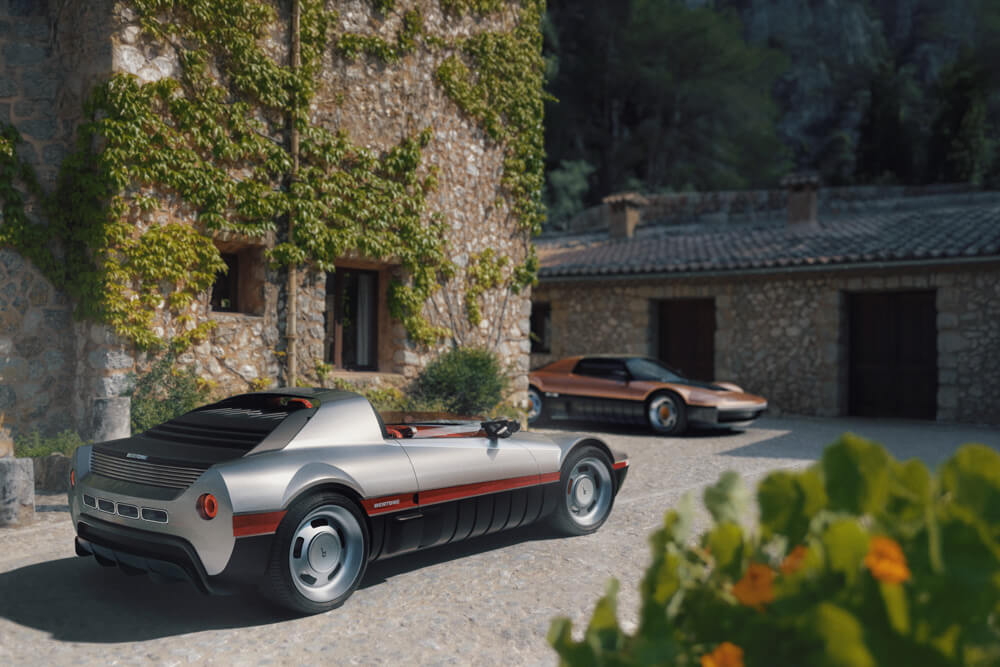
The primary feature, an L-shaped character line, begins at the roll bar and sweeps dramatically forward to create the distinctive wedge profile. This single stroke establishes the car’s aggressive stance while simultaneously linking it to its historical predecessor. The second element, a horizontal baseline running along the car’s lower extremity, adds a nautical quality reminiscent of classic Italian speedboats—vessels that similarly married form and function with Mediterranean flair.
Such design efficiency means the Runabout can be instantly recognised and mentally sketched within seconds—the hallmark of truly iconic automotive design. Where many modern vehicles require dozens of lines and creases to establish their identity, the Bertone achieves more with less.
Thoughtful evolution of classic elements
Rather than slavishly reproducing every aspect of the original concept, Bertone’s designers have carefully considered which elements to preserve and which to reinterpret. The pop-up headlights serve as perfect examples of this thoughtful evolution.
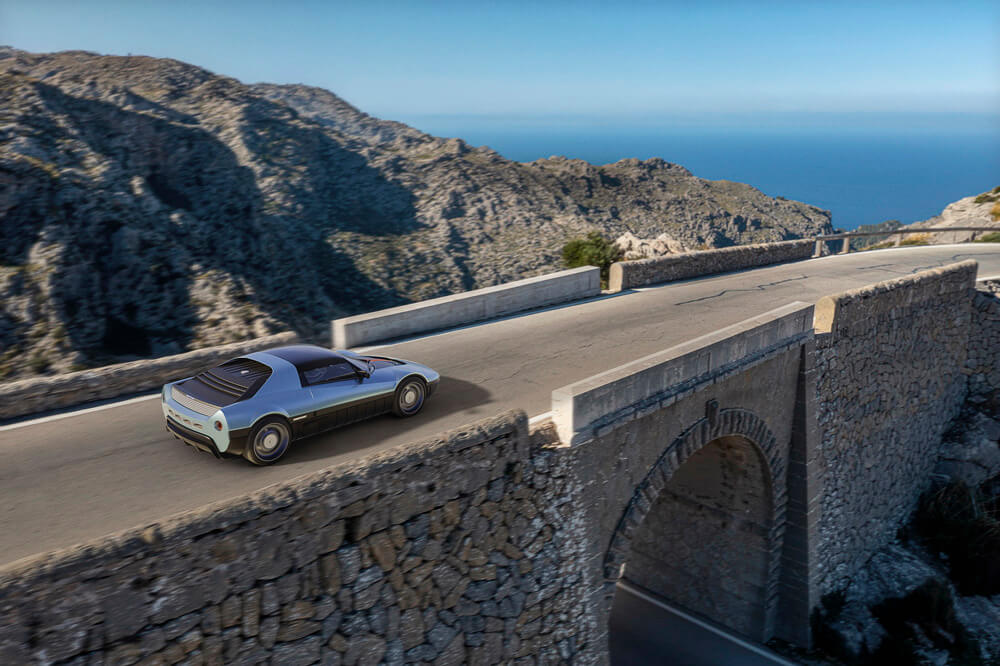
While the 1969 concept positioned its illumination within nacelles integrated into the rollbar structure, the new Runabout employs classic pop-up units that maintain the clean front aspect when retracted, yet deliver thoroughly modern lighting performance when deployed. This solution honours tradition while acknowledging contemporary requirements for both aesthetics and functionality.
The rear treatment further demonstrates this balanced approach. The “Coda Tronca” (truncated tail) features round taillights that echo classic Italian sports cars, yet their internal elements employ cutting-edge LED technology. Similarly, the engine cover combines industrial-inspired design with modern materials, crowned by an artfully positioned aluminium fuel cap that serves as both functional necessity and sculptural element.
Technical sophistication beneath the surface
Complementing the visual drama, clever aerodynamic solutions enhance both performance and stability. The front fascia incorporates an S-duct system that channels air precisely where needed, optimising cooling efficiency while generating useful downforce without resorting to visually intrusive appendages.

A signature horizontal line runs uninterrupted across the car’s width, visually connecting the sculpted fenders while creating a strong graphic presence. This detail exemplifies how the designers have achieved aesthetic harmony through careful consideration of every surface and junction.
Colours that celebrate cultural heritage
The colour palette selected for the Runabout pays tribute to Italian artistic traditions and natural landscapes. The manufacturer has revealed three launch colours, each with distinctive character and historical resonance.
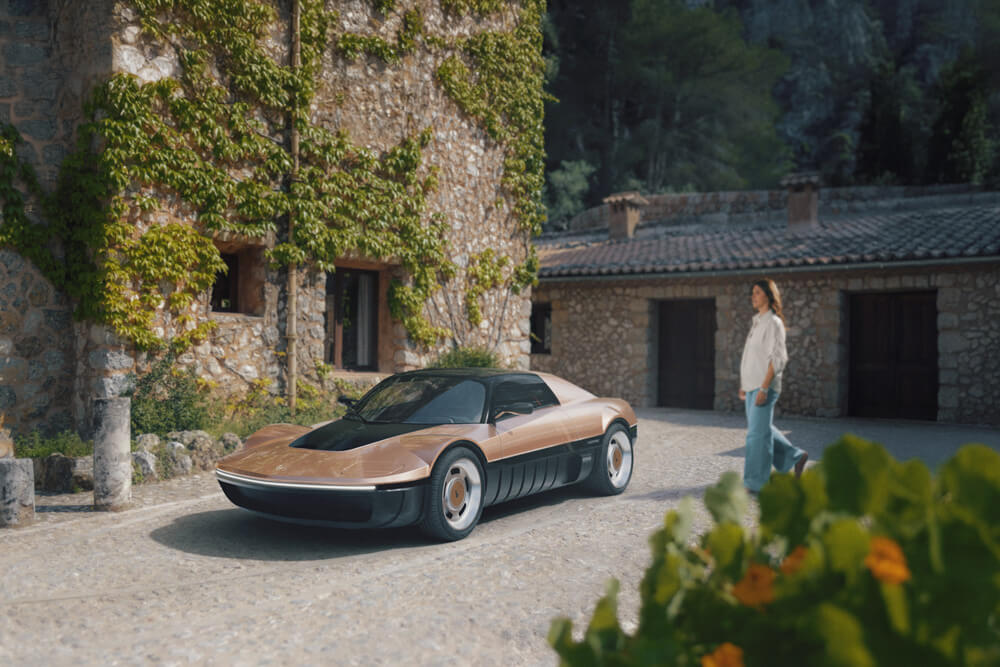
Rame Antico presents a sophisticated copper tone that references Italy’s rich heritage of metalworking and craftsmanship. Azzurro Mediterraneo captures the vibrant blue of the sea surrounding the Italian peninsula, varying in intensity depending on light conditions. Bianco Perla offers a delicate ivory with pearl undertones, evoking the prized marble that has adorned Italian architecture for centuries.
Each finish has been developed to highlight the dramatic surfaces and proportions of the vehicle, changing character as the car moves through different lighting environments.
Performance to match the visual drama
At the heart of this creation lurks a mid-mounted V6 engine producing 460 horsepower—a figure that promises exhilarating performance given the car’s lightweight construction. The drivetrain demonstrates the manufacturer’s focus on driver engagement, with power delivered through a six-speed manual gearbox featuring close-ratio gearing.
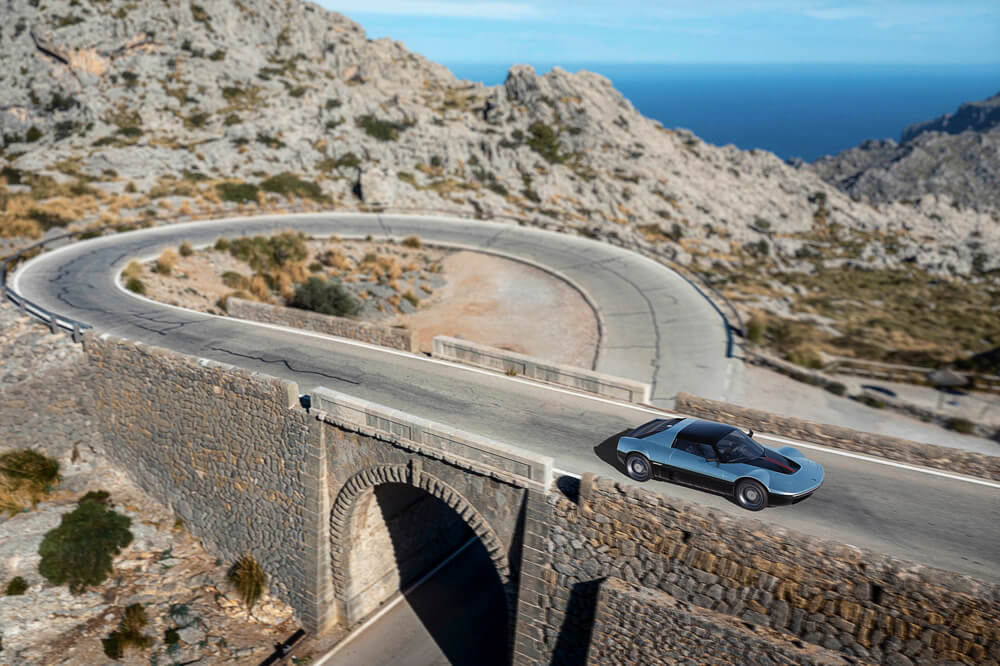
This transmission choice reflects the car’s philosophy perfectly—prioritising connection and involvement over outright convenience. The close-ratio configuration keeps the engine operating within its optimal power band, ensuring responsive acceleration regardless of selected gear.
The combination of substantial power, manual control, and minimal weight suggests a driving experience focused on agility and feedback rather than outright velocity—qualities increasingly rare in today’s performance car landscape, where electronic assistance and astronomical power figures often mask the fundamental connection between driver and machine.



